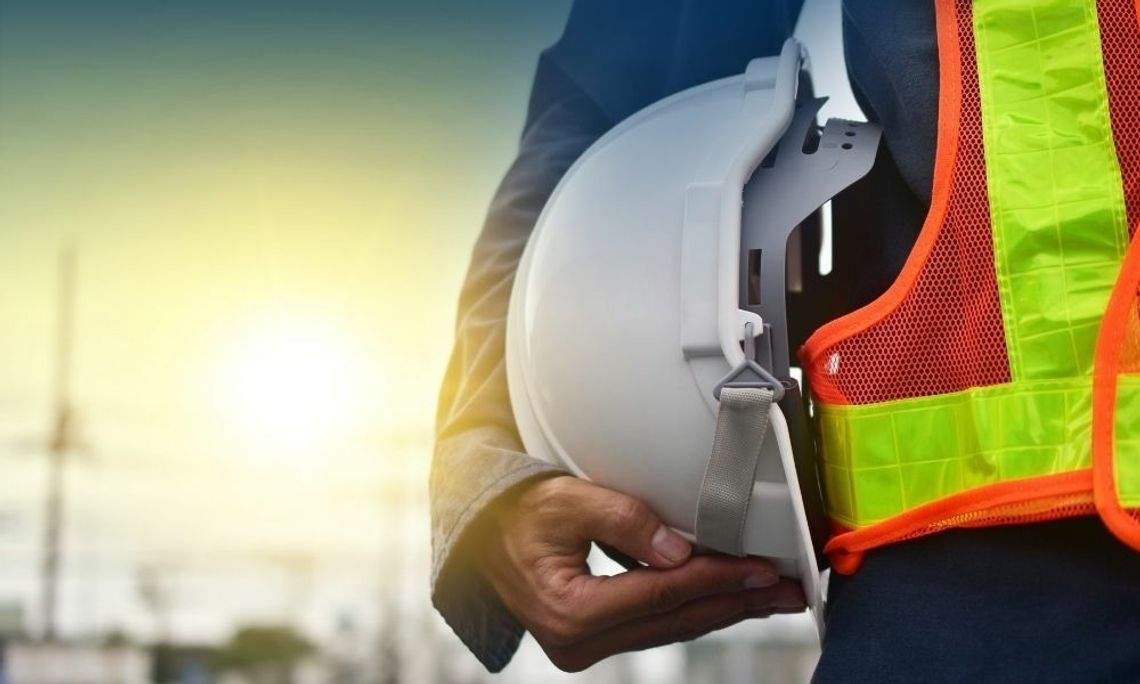Construction is a crucial industry, but it’s also one of the most dangerous. By nature of the industry, there are necessary hazards in the form of heavy machinery, falling hazards, dangerous tools, and so much more. To that end, it’s important to take every precaution possible to minimize those hazards. Here are some construction safety essentials for every job site.
Personal Protective Equipment
While it’s standard, the protective gear you equip your workers with is always an essential safety measure. Hard hats are iconic because of how necessary they are. But alongside hard hats, you need to ensure your workers can protect their sensitive organs and limbs. Therefore, you should require that they wear equipment like gloves, steel-toed boots, and eye protection to prevent debris from blinding them.
Another aspect many people don’t often consider is how loud a construction site can truly be. To prevent hearing loss, workers should also have protective ear coverings that will ensure they can work for long periods without experiencing a debilitating ringing in their ears afterward.
High-Visibility Gear
High-visibility gear is equally important but doesn’t physically protect workers so much as it helps as a prevention method. High-visibility gear is important to ensure everyone on the construction site is fully aware of where and what their co-workers are doing. This prevents accidents that occur from being unaware of the people around them. And on roads and highways, reflective gear alerts drivers to the presence of construction workers. There are three classes of hi-vis gear:
- Class 1: For off-road construction, only the most basic hi-vis gear is necessary, as bright neon colors like orange or lime green easily distinguish workers from the natural background.
- Class 2: This includes more material like reflective striping. When workers are near roads, drivers can see which way a worker is facing from the “H” in front or “X” on their backs.
- Class 3: Hi-vis gear that meets Class 3 standards reflects light and makes workers stand out like the other two classes. But it must also distinguish the human form so that it’s easier to interpret a worker’s movements.
Accounting for the Weather
Not every day is sunshine and clear skies. When workers must work in poor weather conditions, their vision can become obscured by a lack of light or from the precipitation itself. In these cases, hi-vis rainwear is essential for ensuring workers remain visible to their surroundings. It keeps them dry and warm. Another construction safety essential for every job site is an available shelter for workers to take cover in during extreme weather.


Comment
Comments